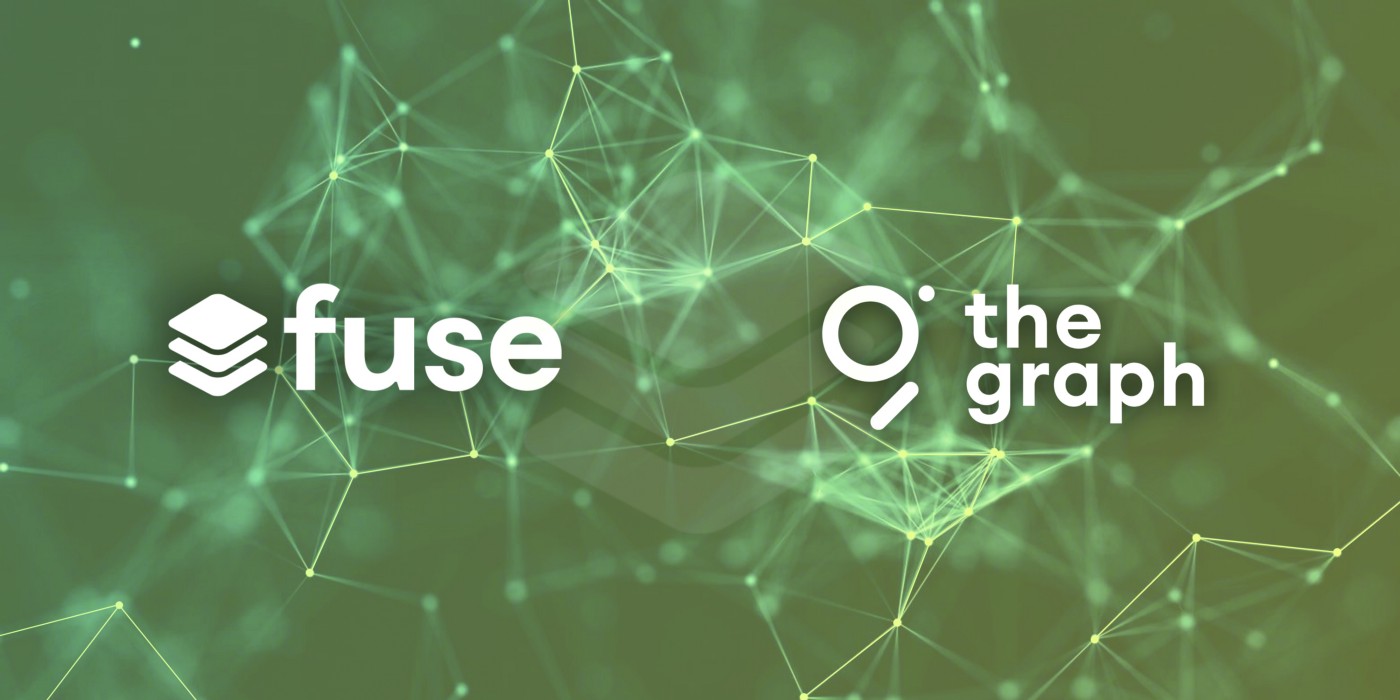The Fuse team creates subgraphs for its core products, including Fuse Studio, FuseSwap, and the consensus mechanism. dApps building on Fuse will also be able to launch their own subgraphs, as well as anyone else in the ecosystem.
Blockchains and other Web3 protocols have been a groundbreaking innovation and have come a long way since the launch of Bitcoin and even Ethereum. However, they are still difficult for non-specialists to grasp and extract data from, particularly in cases where the information needs to be made available to consumers in an intuitive way.
Solving the problem of blockchain data availability is especially important for Fuse as it is focused on making crypto and DeFi available to the masses. This is where the integration with The Graph comes in.
Making Blockchain Data Useful and Accessible
The Graph is a decentralized network and protocol for indexing and querying data from blockchains and other Web3 protocols. It makes it possible to request and receive data that is difficult to extract directly, using the GraphQL query language.
The Graph improves blockchain data indexing and querying by enabling anyone to launch subgraphs on its hosted service and Mainnet in exchange for payment in the project’s native GRT tokens. A subgraph is an organized, open-access collection of blockchain or IPFS data on a particular topic that is consistently updated by the Graph Network’s Indexer nodes and accessed via a standard GraphQL API. The decentralized nature of The Graph network is bolstered by the fact that the subgraphs are stored on IPFS.
Indexer nodes receive the information they add to the subgraph in question by monitoring the blocks on a blockchain, such as Fuse Network, for certain events from the smart contracts specified by the subgraph’s description, or “manifest.” In exchange for their services, Indexer nodes receive a share of the GRT fees collected by the network. They store and update the subgraphs on the IPFS protocol and ensure that the up-to-date data is continuously available to the users. To ensure the accuracy of this data and to protect against malicious behavior, those nodes are required to stake GRT, which is slashable in the case of inaccurate subgraph data or Indexer misbehavior.
The Graph’s decentralized network of Indexers reduces cost and friction for blockchain applications wishing to make their data easily available, as it allows them to avoid complex centralized server operations for data indexing.
We are excited to see the Fuse technology and ecosystem unite with The Graph community to bring efficient indexing to developers — we look forward to seeing Fuse subgraphs launch to grow Web3.
— The Graph Foundation
Launched in 2018, The Graph has rapidly grown into a large ecosystem, with more than 9,000 subgraphs created to date and more than 14,000 developers using the protocol. It currently supports Ethereum, PoA Network, and IPFS, and the Fuse team is thrilled to be joining these distinguished projects.
How Fuse will Integrate The Graph
The Graph Network already fully supports Fuse which means that any subgraphs that rely on data from the Fuse blockchain can be launched on the Graph. The Fuse team is working on launching the first subgraphs for the platform’s core products, including Fuse Studio, FuseSwap, the Fuse consensus mechanism, and others.
In addition to the subgraphs for Fuse’s core products, any decentralized application built on Fuse will now be able to build its own subgraphs. This has long been a feature highly requested by Fuse communities, including the GoodDollar project.
Once the Fuse subgraphs are deployed on The Graph, they will be automatically accessible to any developer wishing to connect to them.
The Graph has built a highly useful piece of infrastructure for blockchain data that we have already been using in our products for almost 2 years. We are excited that they now officially support Fuse, and we will be porting more of our products to The Graph. We are convinced that our ecosystem will benefit substantially from this collaboration.
— Mark Smargon, CEO at Fuse
We are thrilled by the strategic collaboration with the leading blockchain data indexing provider and hope that the integration will boost Fuse adoption; helping projects that are already building on top of Fuse improve the user experience of their products.
About The Graph
The Graph is the indexing and query layer of the decentralized web. Developers build and publish open APIs, called subgraphs, that applications can query using GraphQL. The Graph currently supports indexing data from Ethereum, IPFS, and PoA with more networks coming soon. To date, over 9,000 subgraphs have been deployed by over 14,000 active developers for applications, such as Uniswap, Synthetix, Aragon, Gnosis, Balancer, Livepeer, DAOstack, AAVE, Foundation, Zora, KnownOrigin, Bondly, Decentraland, and many others.
If you are a developer building an application or Web3 application, you can use subgraphs for indexing and querying data from blockchains. The Graph allows applications to efficiently and performantly present data in a UI and allows other developers to use your subgraph too! You can deploy a subgraph or query existing subgraphs that are in the Graph Explorer. The Graph would love to welcome you to be Indexers, Curators, and/or Delegators on The Graph’s mainnet. Join The Graph community by introducing yourself in The Graph Discord for technical discussions, join The Graph’s Telegram chat, or follow The Graph on Twitter! The Graph’s developers and members of the community are always eager to chat with you, and The Graph ecosystem has a growing community of developers who support each other.
About Fuse
Fuse Network is a scalable platform for token-using applications built upon an Ethereum-compatible proof-of-stake blockchain. Its key features are Fuse Studio, and the upcoming Fuse Cash consumer-facing payment wallet. True to its mission of bringing blockchain-powered transactions to the masses, Fuse enables the rapid creation of communities around customized tokens. Among the projects already running on Fuse are GoodDollar and Wikibank.
Follow our social media channels to stay updated on recent news and developments at
.svg)
.svg)











